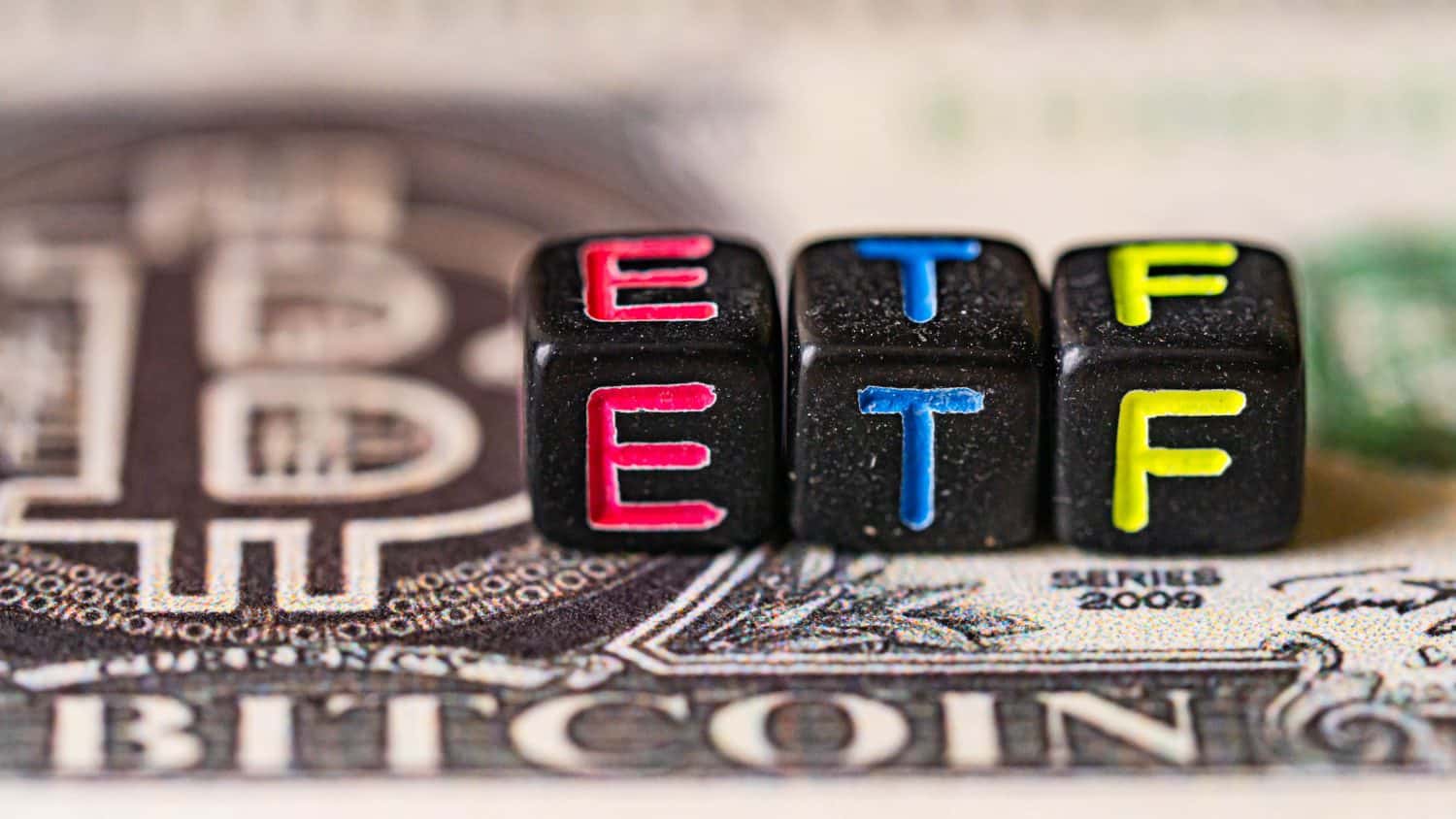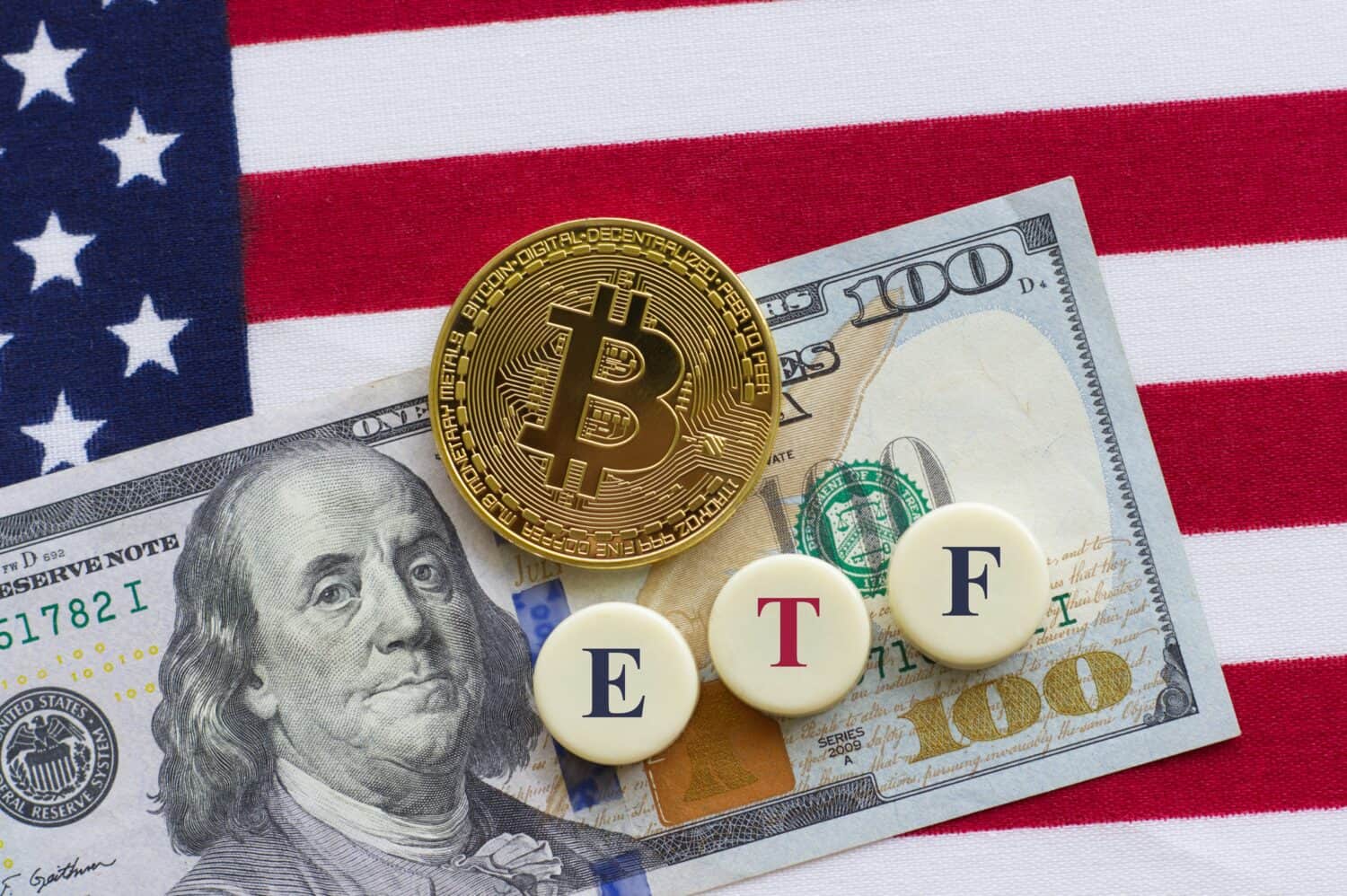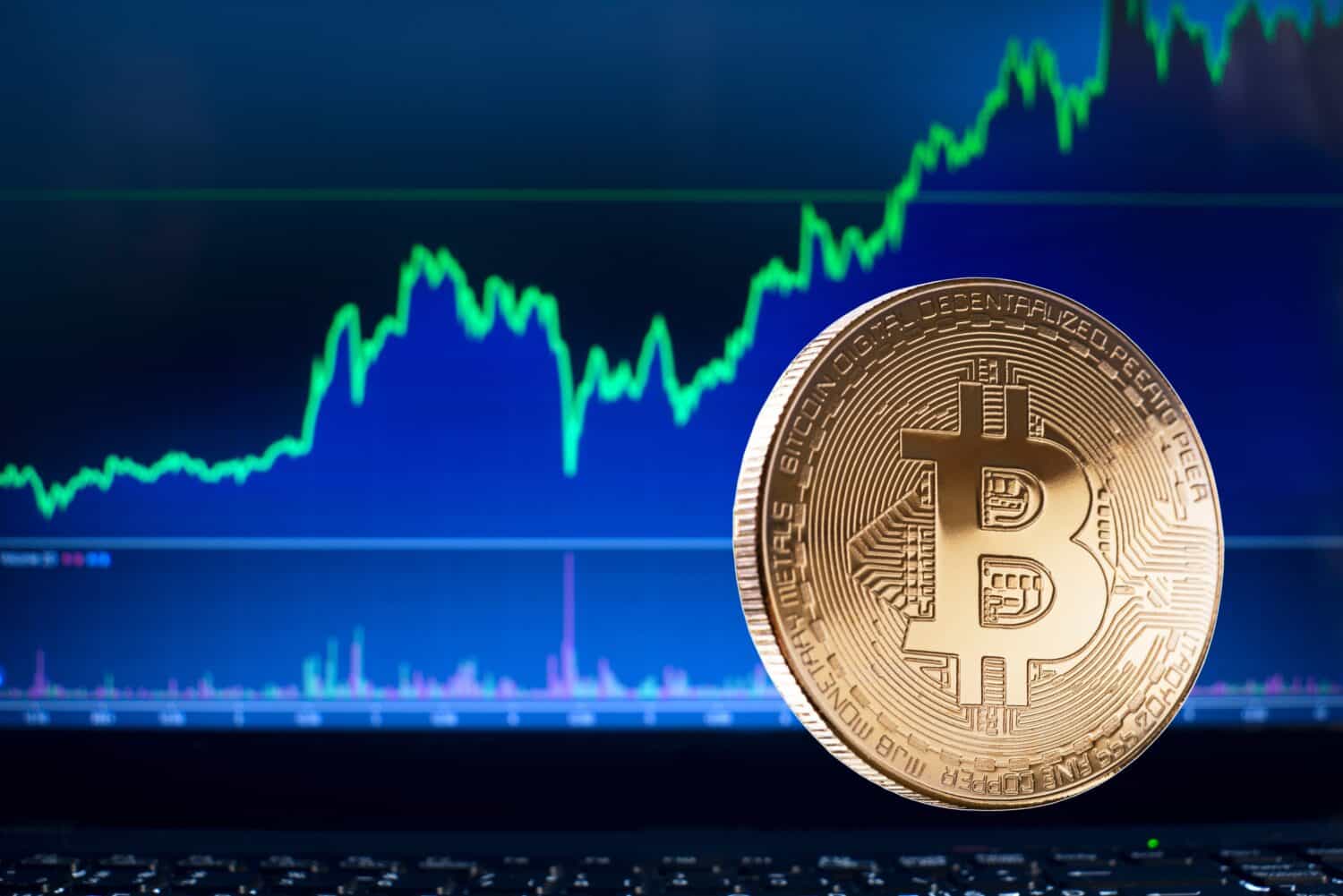
With the emergence of spot Bitcoin ETFs, more and more retail investors now have access to Bitcoin exposure through their brokerage accounts. But the road there was not a smooth one. Major ETF providers had to grapple with regulators to bring spot Bitcoin ETFs to market.
But before you jump in, it’s important to know how these alternative investments work.
What are Bitcoin ETFs?

Spot Bitcoin ETFs are exchange-traded funds that track the current price of Bitcoin and directly hold this asset. Therefore, your portfolio can reflect the price movements of Bitcoin, without the need for you to invest directly in crypto. You can access spot Bitcoin ETFs through major brokerages like Fidelity or Schwab.
By now, a handful of Bitcoin ETFs have been launched by major players like BlackRock, Fidelity, and Invesco.
In terms of assets under management (AUM), the top dogs in the pack are the iShares Bitcoin Trust (IBIT) and the Grayscale Bitcoin Trust (GBTC).
- IBIT (AUM): $17.98 million
- GBTC (AUM): $15.82 million
But before you decide which to invest in, let’s take a closer look at these top contenders.
iShares Bitcoin Trust: An overview

IBIT is managed by BlackRock, the world’s largest asset manager. It’s also a part of the firm’s notable iShares lineup. In fact, more than a quarter of the largest ETFs by AUM share the iShares badge. The IBIT itself also sits on the top 100 list by AUM. That’s something to consider when you have more than 3,000 total ETFs in the market and only about 35 Bitcoin ETFs.
In early June after 15 consecutive sessions of net inflows, the iShares Bitcoin Trust made a roar when it surpassed $20 million AUM and knocked the Grayscale Bitcoin Trust ETF off its throne. But that’s not to say the GBTC is anything to overlook.
Grayscale Bitcoin Trust: Overview

The roots of the Grayscale Bitcoin Trust can be traced back to 2013 when it existed as a private fund open to accredited investors. The fund later went on to trade publicly through the over-the-counter (OTC) markets. And in 2017, Grayscale applied for spot Bitcoin ETF status, but the SEC denied that application. However, Grayscale earned its spot Bitcoin ETF position after it filed a lawsuit against the SEC’s decision and a DC Circuit Court ruled in favor of the fund manager.
Since then, GBTC has earned its position as one of the largest and most heavily traded spot Bitcoin ETFs around.
IBIT vs. GBTC: Which is better?

The iShares Bitcoin Trust and the Grayscale Bitcoin Trust can both hold their weight. But there are some key factors you should consider before purchasing shares of either. For starters, let’s look at expense ratios or fees.
GBTC has an expense ratio of 1.50%. That puts it on the higher end of the top spot Bitcoin ETFs by AUM when it comes to fees. On the other hand, the IBIT holds an expense ratio of 0.12% for a limited time. Still, it could increase to 0.25% 12 months following the fee-waiver initiation date of January 11, 2024 or if the fund exceeds $5 billion of the Trust’s assets prior to the end of the 12-month period. Nonetheless, even that expense ratio would keep IBIT competitive. The average spot ETF expense ratio is 1.07%. So overall, it’s less costly to own IBIT than GBTC.
But now let’s look at performance. It’s important to note that the IBIT hasn’t even been in the market for a year, yet the GBTC has been around in one way or another for years.
Currently, the IBIT reflects a three-month trailing return of -14.79%. And the GBTC has one of -15.69%. Neither is too appealing, but there has been recent volatility in the Bitcoin and overall crypto market. For instance, Bitcoin prices recently dropped across the board after defunct exchange Mt. Gox announced it began repaying its creditors. The exchange owes billions of dollars in crypto. But that’s not to say performance can’t improve.
Still, you may want to consider IBIT if you’re seeking a low-cost way to get exposure to Bitcoin. But although GBTC has higher fees, it may be more flexible. As a trust, GBTC could be held in certain tax-advantaged accounts. So some providers may allow you to invest your individual retirement account (IRA) in GBTC.
Why we covered this

The emergence of spot Bitcoin ETFs has made it easier for ordinary investors to get exposure to Bitcoin in their portfolios, without going through the challenges of owning and managing actual crypto. Among the largest players in the spot Bitcoin ETF game are the iShares Bitcoin Trust and the Grayscale Bitcoin Trust. IBIT is the largest by AUM and is known for its low fees. GBTC has higher fees, but is known for its flexibility. To help you decide on which to invest, we made this brief analysis. But before you invest in either, make sure you have the risk tolerance to take part in the often volatile and uncertain world of crypto.
It’s Your Money, Your Future—Own It (sponsor)
Are you ahead, or behind on retirement? For families with more than $500,000 saved for retirement, finding a financial advisor who puts your interest first can be the difference, and today it’s easier than ever. SmartAsset’s free tool matches you with up to three fiduciary financial advisors who serve your area in minutes. Each advisor has been carefully vetted and must act in your best interests. Start your search now.
If you’ve saved and built a substantial nest egg for you and your family, don’t delay; get started right here and help your retirement dreams become a retirement reality.
Thank you for reading! Have some feedback for us?
Contact the 24/7 Wall St. editorial team.





